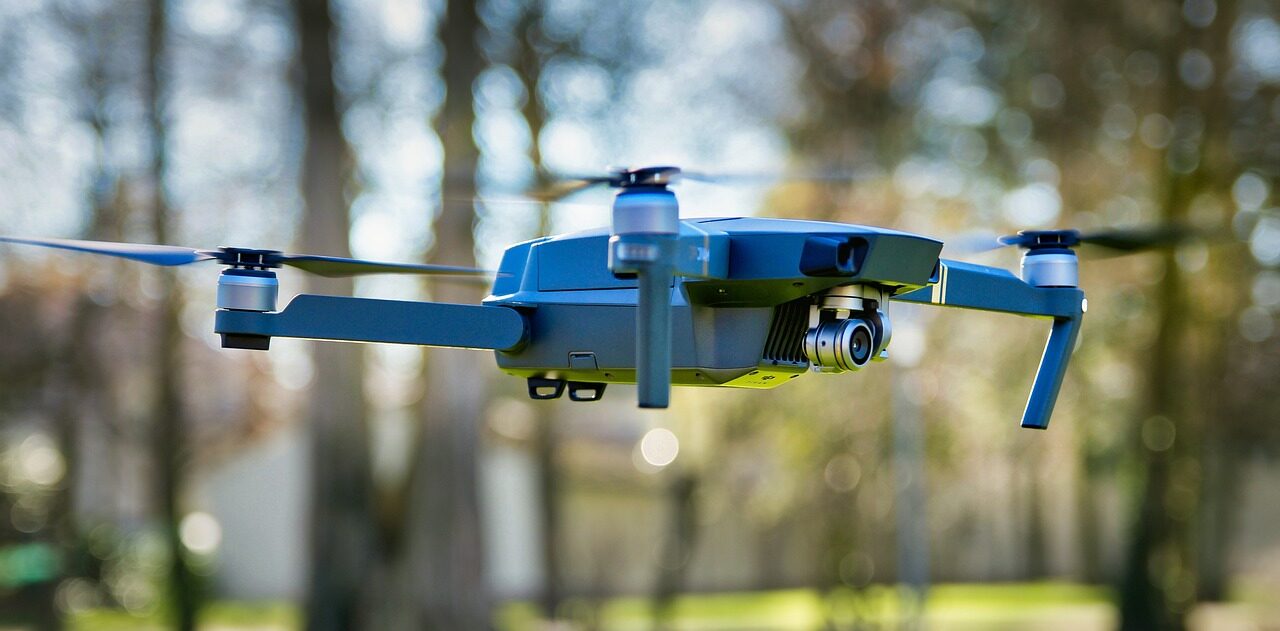Is It Easy to Fly? Evaluating Drone Features for Smooth Operations
When considering a drone purchase, one of the most important aspects to evaluate is how easy it is to fly. Ease of flying is crucial, especially for beginners, but even seasoned pilots appreciate features that simplify the flying experience. This includes technologies and features like GPS-assisted flight, auto-return, and beginner modes. Here’s an in-depth look at what makes a drone user-friendly and the specific features to look for.
GPS-Assisted Flight
GPS-assisted flight is one of the most significant advancements in drone technology, making it easier and safer to fly.
What is GPS-Assisted Flight?
-
Global Positioning System (GPS): This technology allows the drone to connect to satellites, providing precise location data.
-
Benefits: Enhances flight stability, enables advanced features like waypoint navigation, and allows the drone to hold its position accurately even in windy conditions.
Advantages of GPS-Assisted Flight:
-
Stability: GPS helps drones maintain a stable hover, which is particularly useful for capturing smooth videos and sharp photos.
-
Precision: Enables precise positioning and movements, which is essential for tasks like mapping or inspections.
-
Safety Features: Many drones with GPS include safety features like geofencing, which restricts the drone from flying into restricted areas.
Auto-Return
Auto-return, also known as “return to home” (RTH), is a vital safety feature that enhances the ease of flying a drone.
What is Auto-Return?
-
Function: When activated, this feature automatically guides the drone back to its takeoff point.
-
Activation Triggers: Auto-return can be triggered manually by the pilot or automatically in situations like low battery or lost signal.
Advantages of Auto-Return:
-
Safety: Reduces the risk of losing the drone, especially for beginners who might struggle with navigation.
-
Convenience: Makes it easier to bring the drone back, particularly useful in emergencies or when the drone is out of sight.
-
Reliability: Ensures that the drone can safely return to the pilot, even in challenging conditions or unfamiliar environments.
Beginner Modes
Beginner modes are designed to make flying drones more accessible to novices. These modes simplify controls and add restrictions to prevent mishaps.
What are Beginner Modes?
-
Simplified Controls: Beginner modes often limit the drone’s speed and response sensitivity to make it easier to control.
-
Geofencing: Creates a virtual boundary to keep the drone within a safe area.
-
Altitude Limit: Restricts how high the drone can fly, preventing it from reaching dangerous altitudes.
Advantages of Beginner Modes:
-
Ease of Learning: Provides a gentle learning curve for new pilots, helping them build confidence and skills gradually.
-
Safety: Limits the drone’s capabilities to prevent accidents and damage.
-
Guidance: Often includes tutorials and guided flights to help beginners understand the basics of drone operation.
Additional User-Friendly Features
Aside from GPS-assisted flight, auto-return, and beginner modes, several other features can enhance the ease of flying a drone.
Intelligent Flight Modes:
-
Follow Me: The drone automatically follows the pilot or a designated subject, perfect for capturing dynamic action shots.
-
Waypoint Navigation: Allows pilots to set predefined paths for the drone to follow, ideal for surveying and mapping.
-
Orbit Mode: The drone circles a specific point, capturing stunning 360-degree footage.
Obstacle Avoidance:
-
Sensors and Cameras: Advanced drones come equipped with sensors that detect obstacles in the drone’s flight path, allowing it to avoid collisions automatically.
-
Advantages: Greatly enhances safety, especially in complex environments or when flying at high speeds.
One-Key Takeoff/Landing:
-
Function: Simplifies the process of getting the drone airborne and bringing it back down safely.
-
Advantages: Especially useful for beginners who might struggle with the intricacies of manual takeoff and landing.
Practical Considerations
When evaluating the ease of flying a drone, consider your specific needs and experience level. Here are a few practical scenarios:
For Beginners:
-
Look for drones with comprehensive beginner modes, GPS-assisted flight, and auto-return features.
-
One-key takeoff/landing can be incredibly helpful.
For Casual Users:
-
Drones with intelligent flight modes like Follow Me and Orbit Mode provide more creative possibilities without requiring advanced piloting skills.
-
Mid-range drones that offer a balance of ease-of-use features and performance.
For Professionals:
-
Advanced drones with obstacle avoidance and waypoint navigation enable complex tasks with greater ease.
-
Drones that combine user-friendly features with high-end capabilities like 4K video and long flight times.
Conclusion
Flying a drone can be an enjoyable and rewarding experience, but the ease of flying largely depends on the features and technologies built into the drone. GPS-assisted flight, auto – return, and beginner modes are among the most important features that make a drone easy to fly, providing stability, safety, and guided control for pilots of all experience levels.
Whether you are a beginner just starting out, a casual user looking for more advanced features, or a professional seeking the best in drone technology, understanding these features will help you make an informed decision. By choosing a drone that fits your needs and skill level, you can enjoy a safer, more intuitive flying experience and get the most out of your drone adventures.

